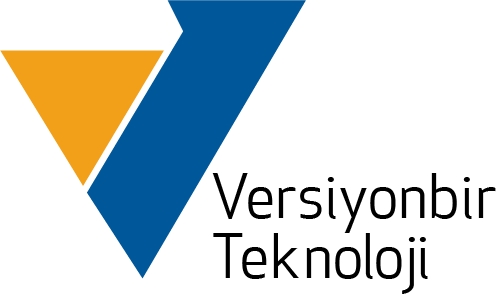Web 2.0 :
Web 2.0 is the current version of the internet. As Web 1.0 only provides a readable medium, Web 2.0 provides a medium that is both readable and writable. It is focused on content creating, and supports the information transfer between users. Web 2.0 is centric, it provides the sharing of information through platforms such as blogs, wikis and social media like Facebook or Twitter. Users are interacting with each other on these platforms. Web 2.0 gave rise to a new marketing focused income model. Big companies started using or selling their users’ data in order to get information.
Web 3.0 :
Web 3.0 is a version of internet that is not centralized. It is based on a block chain, and can be used end to end. It is a technology that is dependent on machine learning and artificial intelligence. These concepts find more meaning in terms of users’ needs when they are joint with the Natural Language Processing (NLP). With the block chain technology, smart websites and web applications are desired to be created. Thanks to Web 3.0’s decentralized structure, users don’t have to give up their privacy, important data, and user content control. In Web 3.0, the developers do not usually create applications that gather the data on one server or applications that run on one server. Data belonging to the users will be protected via a network of smart contracts that can be viewed openly. These contracts will be securely saved in the block chain of a block that is not centralized.
Web 2.0 & Web 3.0 :
- The context of Web 2.0 is focused on reading and writing, and Web 3.0’s is semantic web focused.
- The most fundamental difference between Web 2.0 and Web 3.0 is centralization. Web 3.0 has a decentralized structure whereas in Web 2.0 the platforms are controlled by centrally authorized people.
- Since there is no network center in Web 3.0, the actions of the user cannot be censored.
- Payments in Web 2.0 are made via money where in Web 3.0 crypto is used for these operations.
- Web 2.0 includes AJAX and JavaScript, HTML5 and CSS3. Web 3.0 supports technologies that are not centralized, machine learning, deep learning and semantic web.
- Web 2.0 consists of podcasts, social network platforms, blogs and video sites. Web 3.0 however, consists of AI and machine learning supported apps and virtual worlds.
Games in Web 2.0 & Web 3.0 :
Gamers spend big amounts of money without physically possessing the elements in the game in Web 2.0. And due to the centralized structure of Web 2.0, the purchased elements may be restricted by the company in the game and you will have lost the elements. Web 3.0, prevents this from happening when integrated to the gaming world. Web 3.0 based games provide gamers a way of interaction that is innovative and decentralized. Games in Web 3.0 provide the players fair markets where they can reach and own in-game digital elements. The in-game elements in Web 3.0 are in form of game NFTs. Web 3.0 democratizes every aspect of the game, and the power is in the gamers’ hands due to the decentralized structure of the games. There is a play (P2E) mechanism in order to win in this system. Players can trade in-game elements, they can earn crypto money as they play.
Web 3.0 games, become non-hackable by consisting the games in its block chain. It is dependent on the voting consensus in order to change the game procedure and it provides an equal accessibility for each gamer in the server. This way the games developed in Web 3.0 have a high level of transparency.



